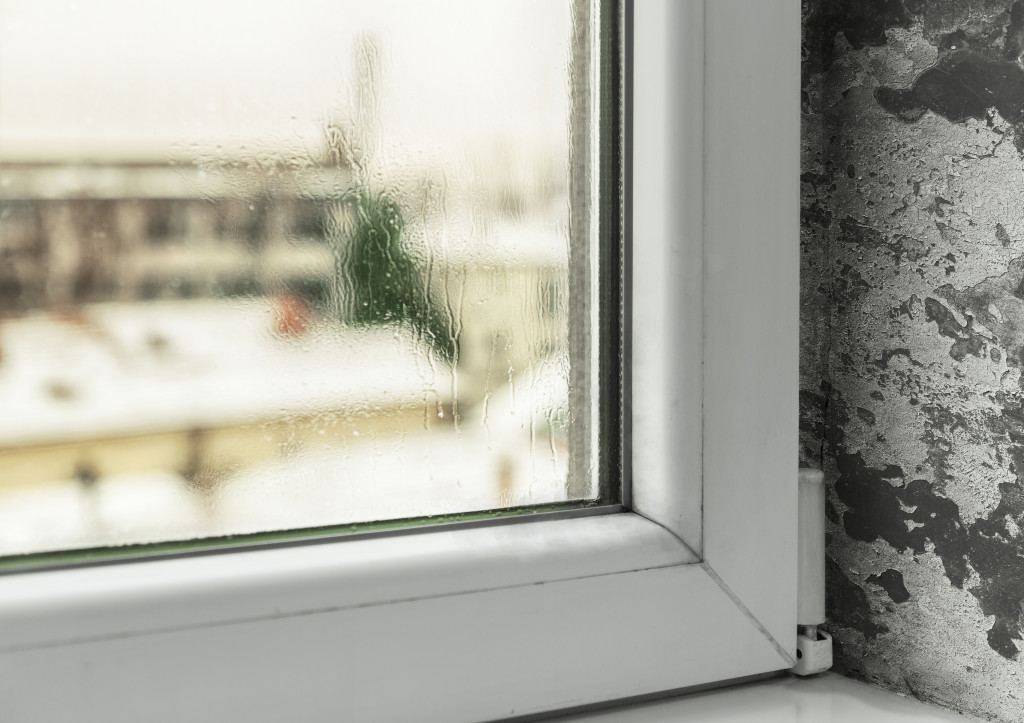The Effects of High Humidity in Your Home
- Home Owner Tips
- Monday, January 16, 2017
With temperatures dropping across the province over the past couple of months, we would like to share information with you relating to the effects of high humidity and results that can take place. If humidity is not controlled, you may experience the following at home:
- Frost accumulation in the attic. Humidity will often escape to the attic, which in turn causes frost build-up on the roof trusses and underside of roof sheathing. When temperatures being to rise, the frost will melt onto the insulation. The terms “raining in the attic” or “attic rain” are often used to describe this.
- Damp spots on ceiling or warm – side surfaces of exterior walls.
- Moisture on basement walls and floors.
- Streaks down the exterior siding when temperatures begin to rise.
- Frost on door handles, walls and baseboards.
- Fungus molds and mildew growth.
- Ice build-up on interior windows and doors. This video may help further explain ice build-up at home.

Factors that can contribute to excess humidity in your home:
- Poorly set and/or poorly controlled humidifiers.
- Excessive moisture from damp basements or crawl spaces.
- Many moisture-producing activities by occupants – cooking, bathing, washing etc.
- Not using bathroom fans when showering or bathing. It is important to leave your bathroom fan running for at least 60 minutes afterwards. Some homeowners leave the fans running for 24 hours, which can be beneficial when the temperature drops.
- Hanging cloths to dry.
- Large number of plants.
- Fish tanks/aquarium.
- Poor air circulation between rooms or within a room.
- Closed drapes or blinds preventing warm room air from warming window surfaces.
- Closet contents stuffed against cold exterior walls.
- Rooms kept too cold/ programmable thermostats setback too aggressive.
More often than not, many household moisture problems can be resolved if one or more steps are taken. Here are some practical solutions:
- Determining where the moisture is coming from.
- Turning on bathroom fans for up to 24 hours during cold temperatures.
- Turning on kitchen fan when cooking and boiling water.
- Ensuring that air circulation is adequate throughout the home. Open all bedroom and bathroom doors.
- Refraining from using humidifiers when the weather drops, as they add moisture to the air.
- Opening drapes and lift blinds during cold weather and overnight.
- Wiping up any condensation that may form on windows during colder periods.
- Being careful when using programmable thermostats – ensure you are not setting the temperature too low.
- Providing sufficient heat to all indoor areas in the home and ensure it flows over exterior walls, ceilings windows and doors.
- Ensuring all heat registers are open.
- Ensuring cold air returns are not covered by furniture.
- Purchasing a hygrometer to measure humidity in different areas of the home. They can be purchased at a local hardware or building supply store and are relatively inexpensive.
- Circulating air between rooms by running a furnace fan continuously.

